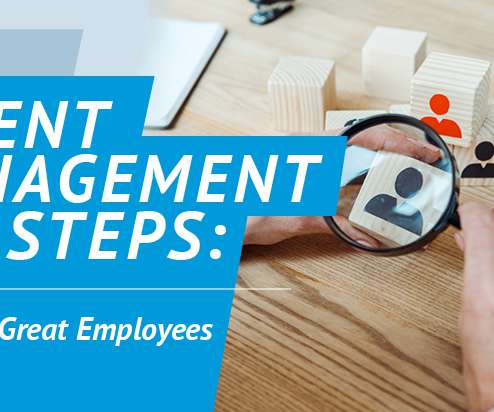How to Excel with an Effective Internal Talent Mobility Strategy
hrQ
MARCH 6, 2024
Positive outcomes include skill enhancement, increased employee engagement, retention of high-performing talent, and the creation of clear career advancement paths. A focus on competencies rather than job titles enhances the customization and efficiency of development programs, improving internal mobility outcomes.
















Let's personalize your content